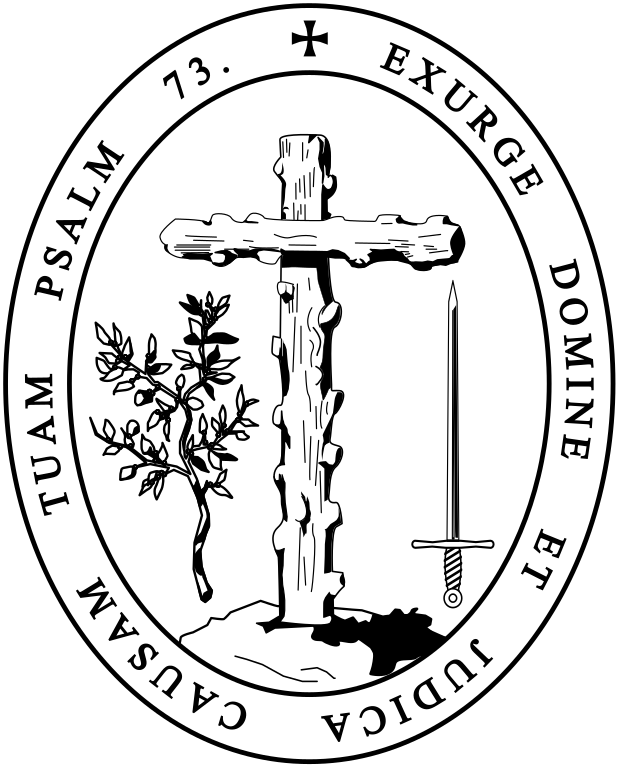Inquisition
The Inquisition was a group of institutions within the Catholic Church whose aim was to combat heresy, conducting trials of suspected heretics lasting from 1184 - 1834.
Studies of the records have found that the overwhelming majority of sentences consisted of penances, but that cases of repeat unrepentant heretics were handed over to the secular courts, which generally resulted in execution or life imprisonment.
Estimates of total executions across Inquisitions from all territories over the course of 700 years vary widely with a range from 2,000 to more than 50 million. However, there is a generally-accepted scholarly consensus of between 30,000 - 150,000. The official number of executions recognized by the Catholic Church in the modern era is 6,000.
History
The Inquisition had its start in 12th-century Kingdom of France, with the aim of combating religious deviation (e.g. apostasy or heresy), particularly among the Cathars and the Waldensians. The inquisitorial courts from this time until the mid-15th century are together known as the Medieval Inquisition. Other groups investigated during the Medieval Inquisition, which primarily took place in France and Italy, including the Spiritual Franciscans, the Hussites, and the Beguines. Beginning in the 1250s, inquisitors were generally chosen from members of the Dominican Order, replacing the earlier practice of using local clergy as judges.
During the Late Middle Ages and the early Renaissance, the scope of the Inquisition grew significantly in response to the Protestant Reformation and the Catholic Counter-Reformation. During this period, the Inquisition conducted by the Holy See was known as the Roman Inquisition. The Inquisition also expanded to other European countries, resulting in the Spanish Inquisition and the Portuguese Inquisition. The Spanish and Portuguese Inquisitions focused particularly on the anusim (people who were forced to abandon Judaism against their will) and on Muslim converts to Catholicism. The scale of the persecution of converted Muslims and converted Jews in Spain and Portugal was the result of suspicions that they had secretly reverted to their previous religions, although both religious minority groups were also more numerous on the Iberian Peninsula than in other parts of Europe.
During this time, Spain and Portugal operated inquisitorial courts not only in Europe, but also throughout their empires in Africa, Asia, and the Americas. This resulted in the Goa Inquisition, the Peruvian Inquisition, and the Mexican Inquisition, among others.
With the exception of the Papal States, the institution of the Inquisition was abolished in the early 19th century, after the Napoleonic Wars in Europe and the Spanish American wars of independence in the Americas. The institution survived as part of the Roman Curia, but in 1908 it was renamed the Supreme Sacred Congregation of the Holy Office. In 1965, it became the Congregation for the Doctrine of the Faith.
